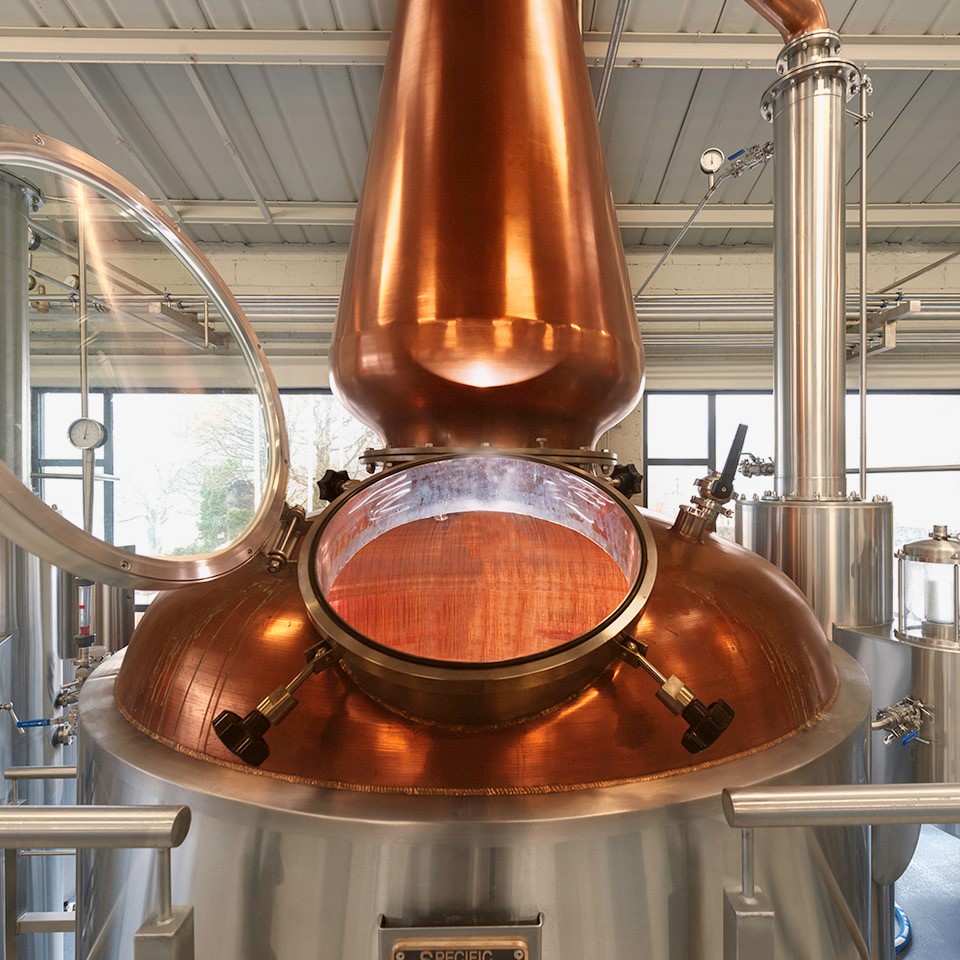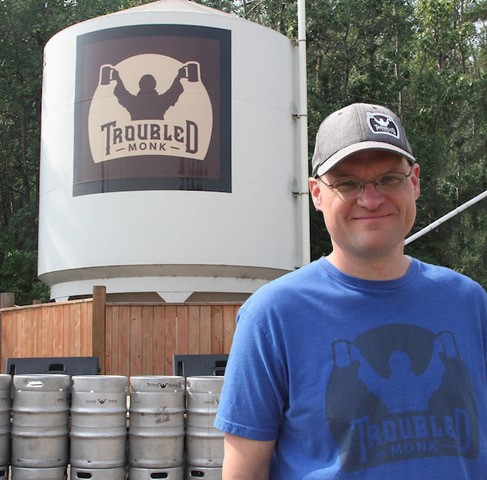Distillation is a fascinating process that has been used for centuries to transform fermented liquids into spirits with higher alcohol content. From the traditional pot stills to the advanced column stills of today, distillation involves a combination of science, art, and craftsmanship. In this article, we will explore the intricate science behind distillation, from the initial mash preparation to the creation of exquisite spirits.
1. The Mash:
The distillation process begins with the creation of a mash, which is a mixture of grains, water, and sometimes enzymes. The mash is heated, allowing the enzymes to break down the starches in the grains into fermentable sugars. This conversion is essential for the subsequent fermentation process.
2. Fermentation:
Once the mash is prepared, yeast is introduced to start the fermentation process. Yeast consumes the sugars in the mash and converts them into alcohol and carbon dioxide through a chemical reaction known as fermentation. This process typically takes several days or even weeks, depending on the desired flavors and alcohol content.
3. The Still:
After fermentation, the liquid, known as the wash, is ready for distillation. Distillation involves separating the alcohol from the wash by utilizing the differences in boiling points between alcohol and other substances in the mixture. The heart of the distillation process lies in the still.
a. Pot Still:
Traditional pot stills consist of a large vessel with a long neck and a condenser. The wash is heated, and the alcohol vapor rises through the neck and into the condenser, where it is cooled and converted back into a liquid. This liquid, known as the distillate, is collected, and the process is repeated to enhance the purity and concentration of alcohol.
b. Column Still:
Modern column stills, also known as continuous stills or column rectifiers, are designed for large-scale production. These stills employ multiple plates or trays, allowing for continuous distillation. The wash flows down the column while steam rises, and as the steam passes through each tray, it condenses and extracts more alcohol. The higher the tray in the column, the purer the alcohol becomes.
4. Heads, Hearts, and Tails:
During distillation, the resulting liquid is divided into three components: the heads, the hearts, and the tails.
a. Heads: The first portion to be collected, the heads, contains volatile compounds such as methanol, acetone, and ethyl acetate. These compounds have low boiling points and can contribute to unpleasant flavors and aromas. They are typically discarded or redistilled.
b. Hearts: The hearts, also known as the middle cut, are the desired portion of the distillate. This is where the purest and most flavorful alcohol resides. It is carefully collected and forms the basis of the final spirit.
c. Tails: The tails contain heavier compounds and fusel oils, which can impart harsh flavors. They are collected after the hearts and are sometimes redistilled or blended with future distillations.
5. Refining and Maturation:
Once the hearts are collected, some spirits undergo further refining processes, such as charcoal filtering or aging in oak barrels. These processes contribute to the development of complex flavors, smoothness, and character in the final spirit.
Conclusion:
Distillation is a remarkable scientific process that allows us to transform a humble mash into exquisite spirits. Understanding the principles behind distillation, from the mash to the still and the separation of heads, hearts, and tails, gives us a deeper appreciation for the craftsmanship and precision involved in creating our favorite libations. So, the next time you savor a well-crafted spirit, remember the science and artistry that went into its creation through the process of distillation.






